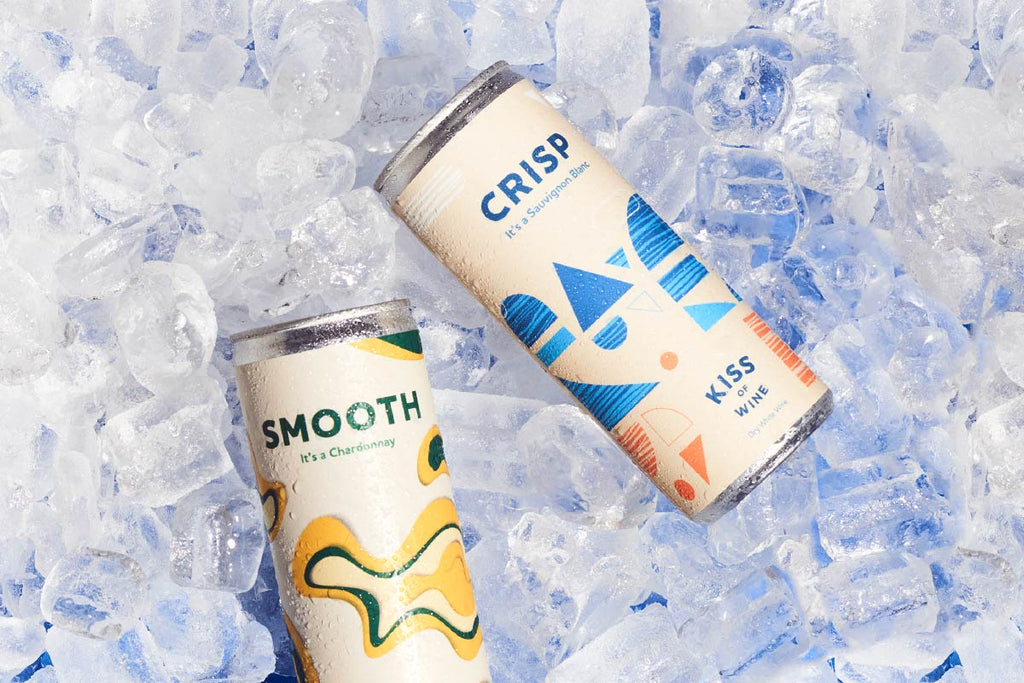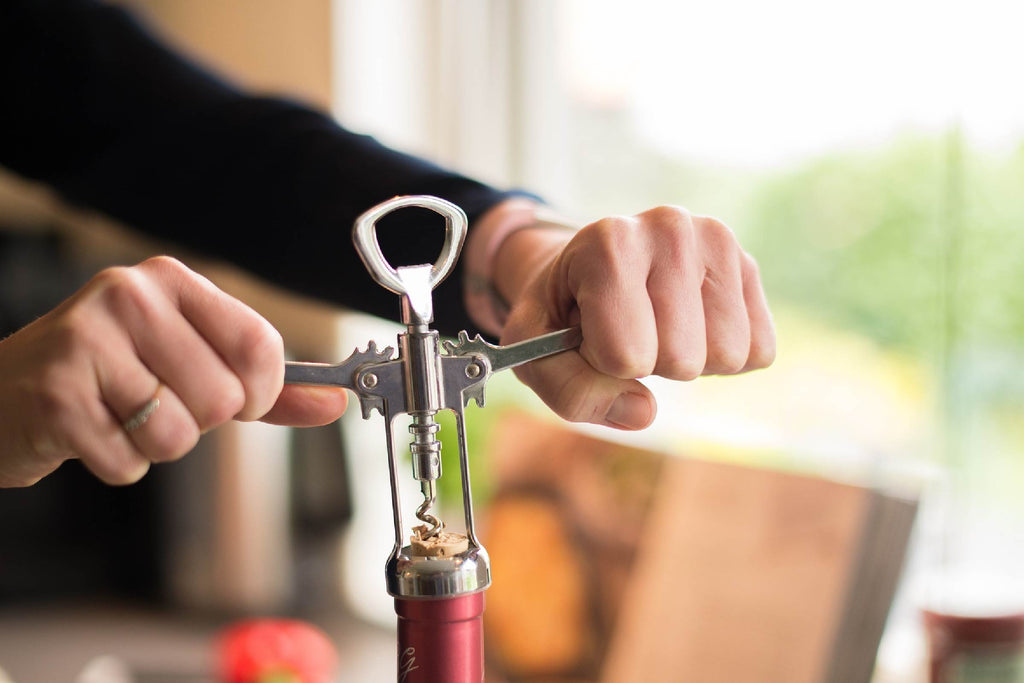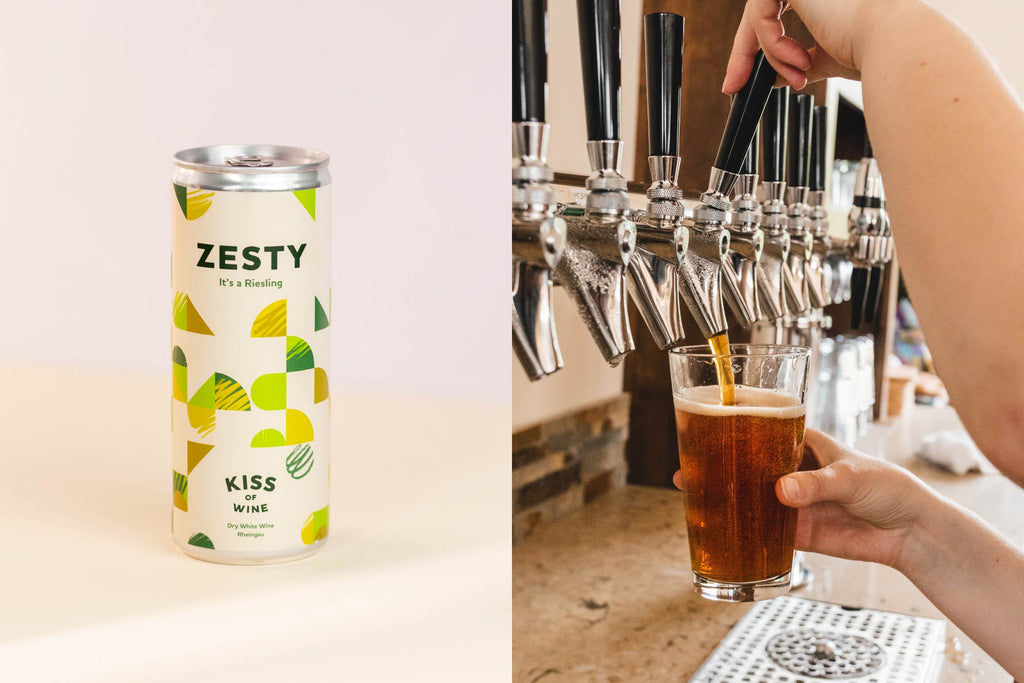FORGET WHAT YOU KNOW ABOUT CHARDONNAY…
Chardonnay tends to get a little bit of a bad rep, thanks to the big, buttery New World wines and Footballer’s Wives, but there’s so much more to this grape than just being the wine people seem to love to hate - and in honour of International Chardonnay Day, we thought we’d share some of our favourite Chard-facts.
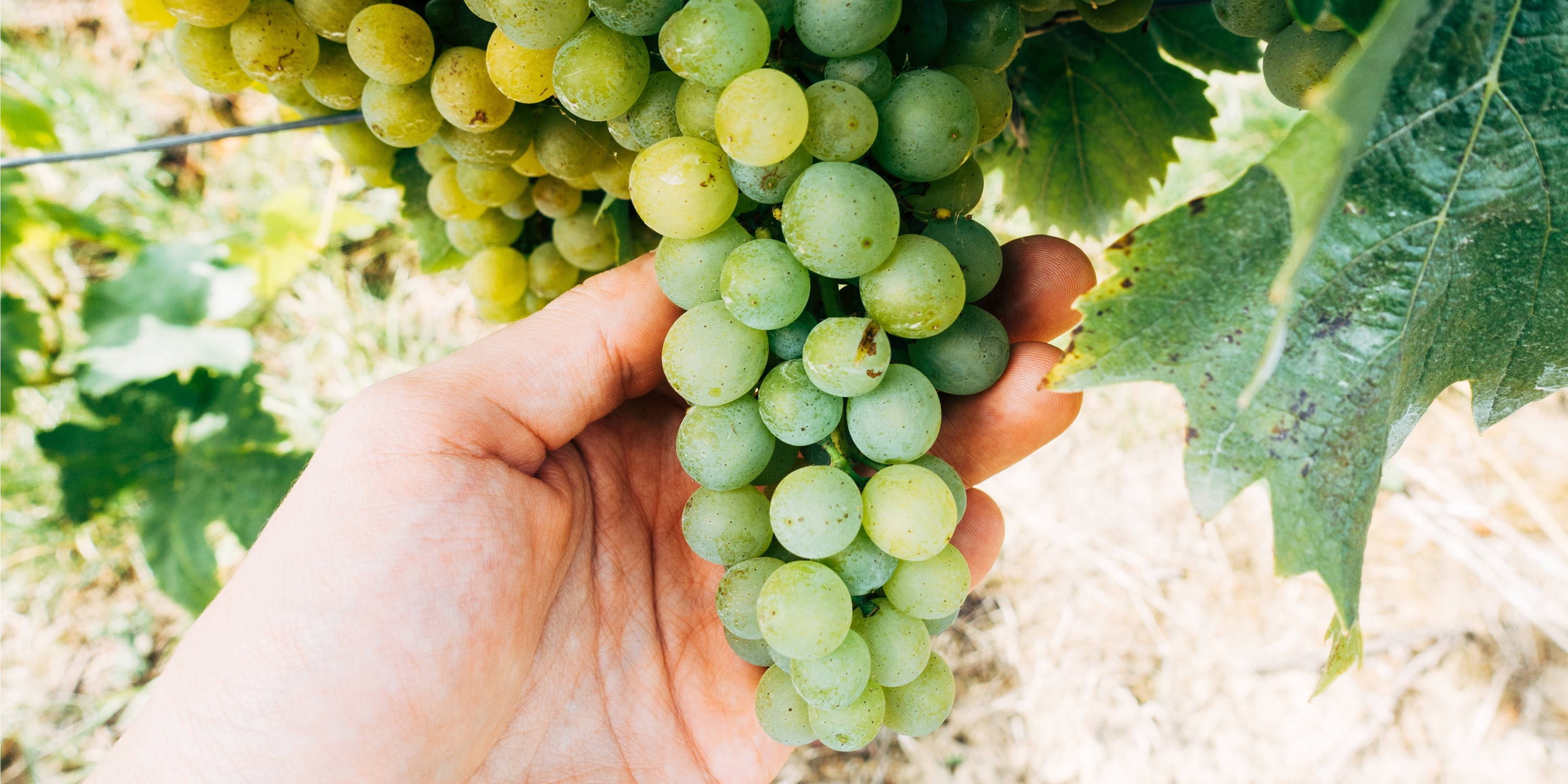
1. THE WORLD'S FAVOURITE GRAPE
The Chardonnay grape is the most planted white wine grape variety in the world - surpassing Spain’s lesser-known Airén and Italy’s vinegar grape, Trebbiano. This is largely due to the fact that it is very easy to grow.
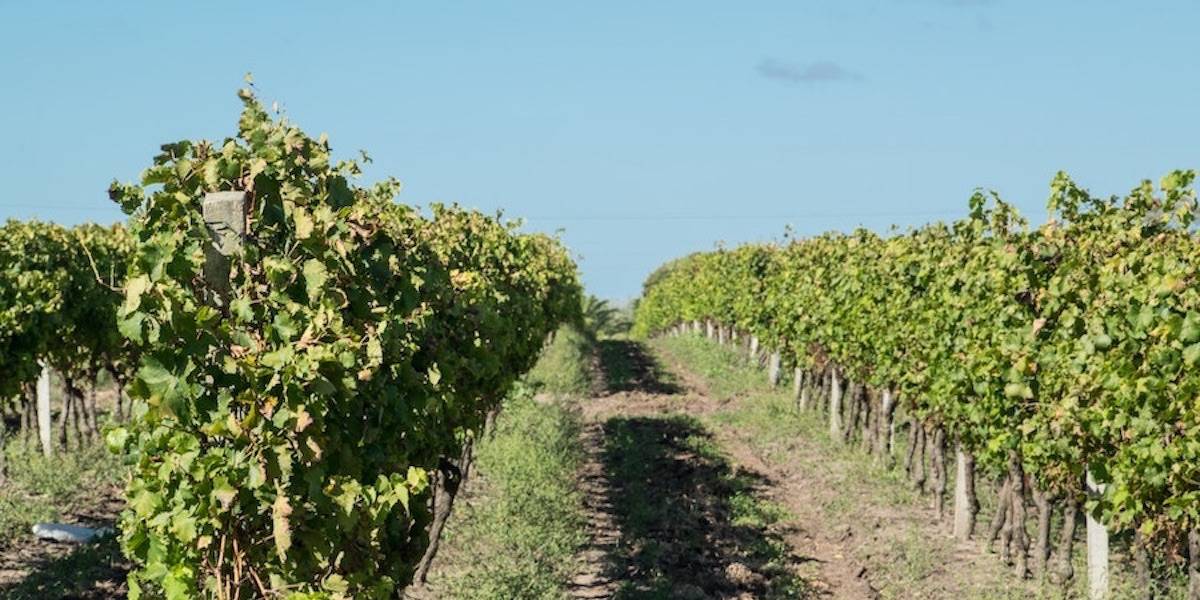
2. THE AREA OF THISTLE
The ancestral home of Chardonnay is the famed French winemaking region of Burgundy - and while this area is often more associated with premium, elegant reds, Chardonnay represents about 60% of Burgundy’s wine output, compared to only about 30% for Pinot Noir. The grape itself is named after a village in Bourgogne that the Romans called Cardonnacum, which translates to ‘the area of thistles’, Chardon being French for thistle.
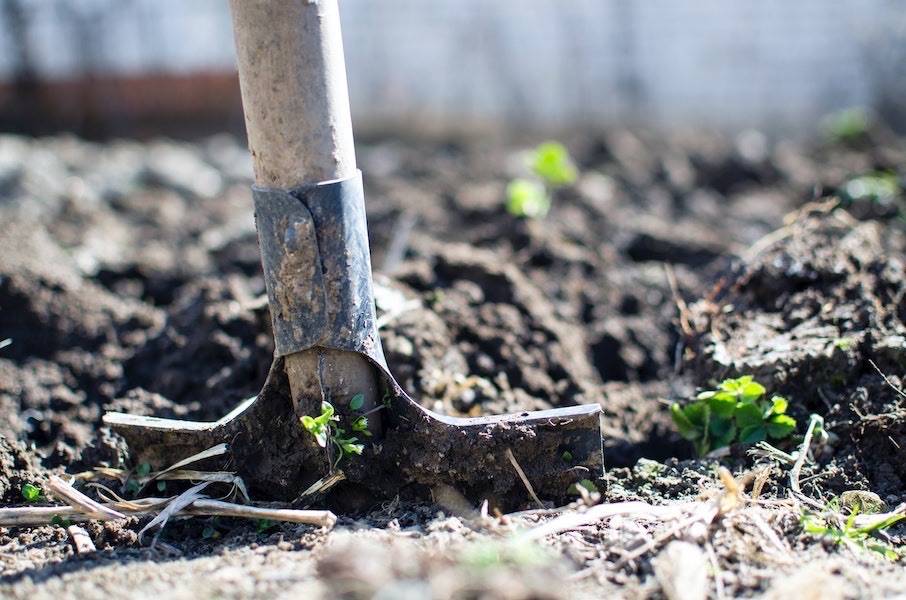
3. CLIMATE AND LOCATION
As a grape, Chardonnay is quite neutral, its flavours not as distinctive as other varietals, and is considered a ‘blank canvas’ for winemakers to make their mark on - which is why you tend to get such a range of flavours and profiles. This also means it tends to be a good mirror of its climate and location - an impact known as terroir (pronounced tear-wah).
In warmer climates, where grapes ripen quicker, it can taste almost tropical (pineapple & mango flavours), whereas in more moderate climates, the flavours lean more towards fleshy, stone fruits, such as peach and melon, while cooler settings result in fresher fruit character and more green and citrus fruits. Or the uniqueness in expression might come from other elements of its location, for example with our Smooth Chardonnay, the vines that make this wine are grown on limestone-rich soils, and grapes love limestone, because it retains moisture in warm weather, but also drains in the heat - and this relatively small element of the winemaking process means that the fruit is of a higher quality, because water can encourage evergreen growth and stop nutrients / sugar going to the grapes.

Another process decision that has a huge impact on the profile of the end liquid, is whether or not it is oak-aged (or oaked) - basically has it spent time in barrels - and typically, Chardonnays have. Fermenting the wine in barrels gives added depth of flavours and structure, as well as some flavours of toast and spice. New barrels impart more of these flavours to the wine, while ageing in older barrels gives texture. Oak-aged Chardonnays tend to have creamy, rich buttery flavours, whereas un-oaked Chardonnays tend to be leaner, more minerally and dry - the winemaker’s talent comes with capturing an expression without obscuring it with too much oak.
So in short, don’t judge all Chardonnays by one Chardonnay, as there’s a lot of diversity in this little grape.
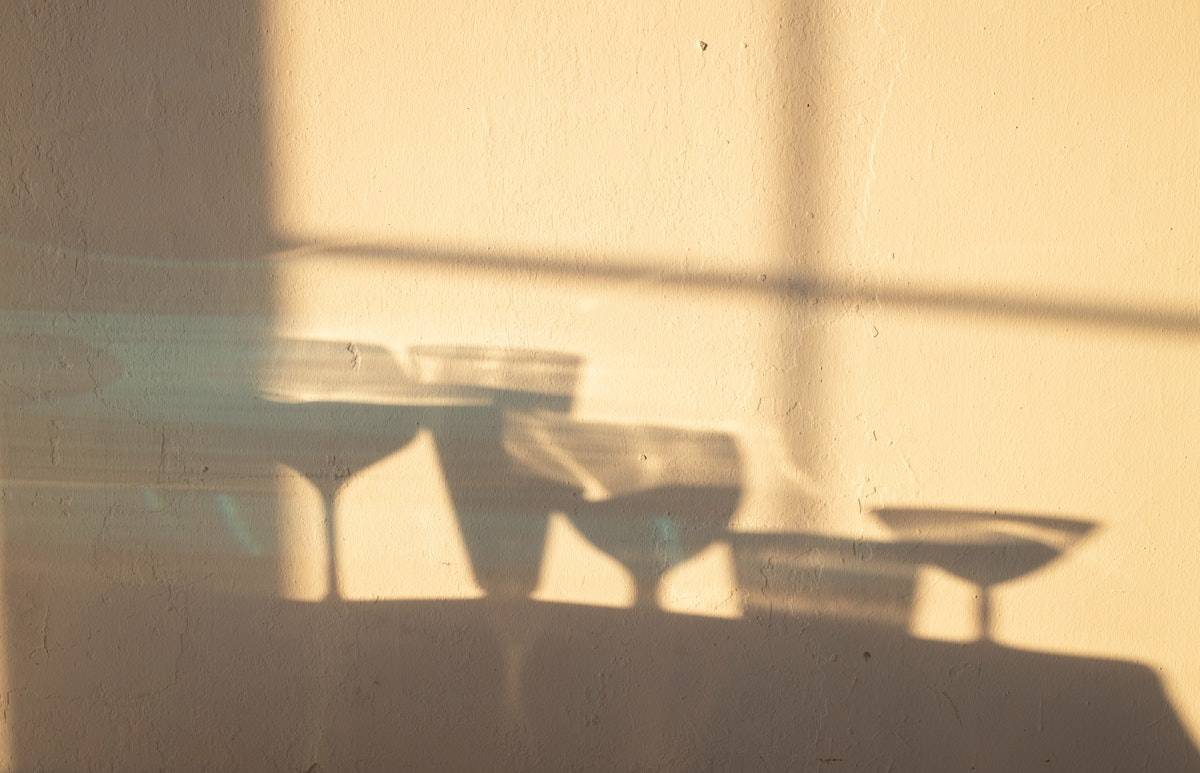
4. A BLANC DE BLANC
If you’re a Champagne fan, then chances are you like Chardonnay, as the grape is one of the three main fruits used in everyone’s favourite celebration drink, along with (reds) pinot noir and pinot meunier. A blanc de blanc expression is all chardonnay, and many New World sparkling wines use a significant amount of chardonnay as well.
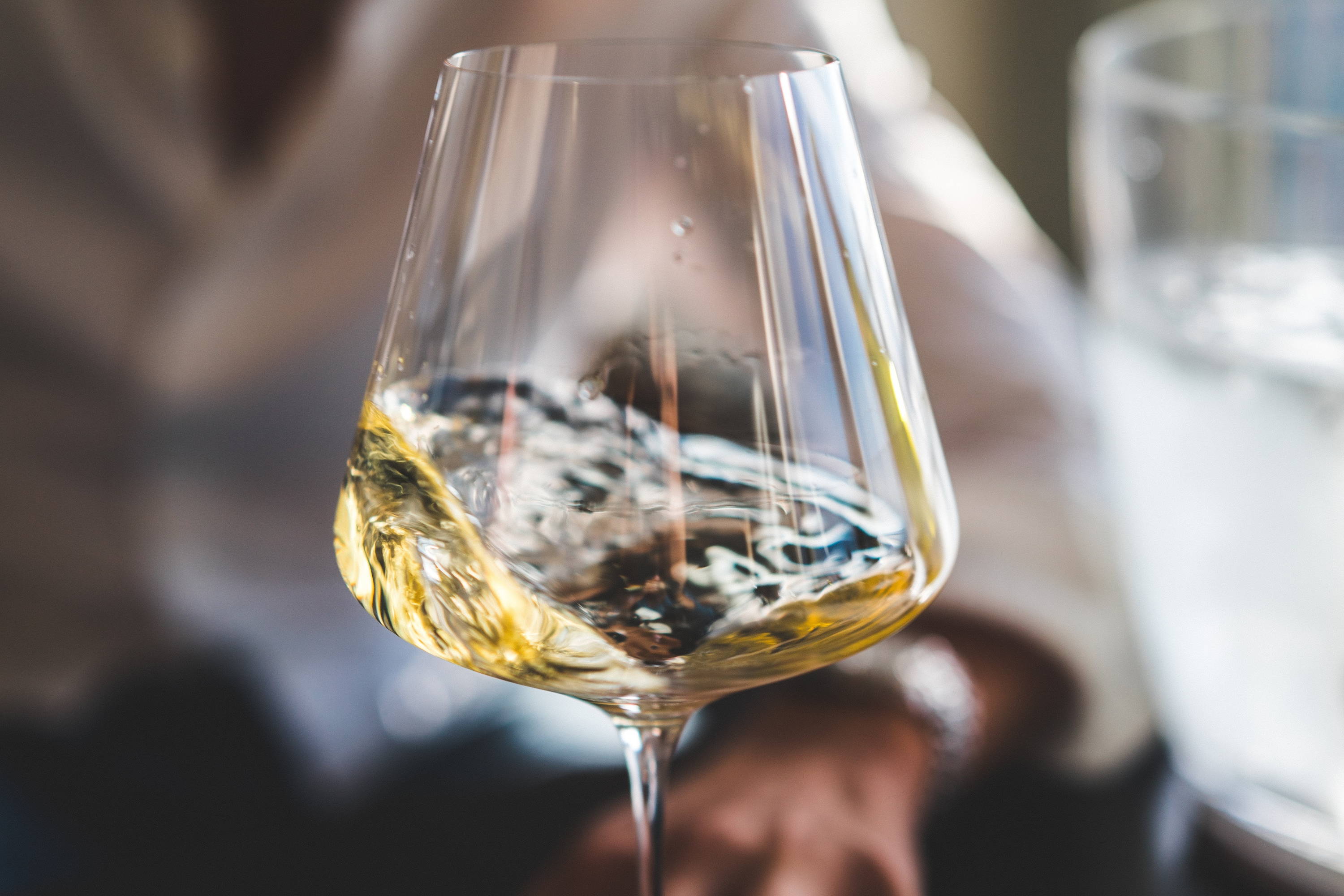
5. POPULARITY
Legend has it, that Chardonnay owes its popularity to the wife of Emperor Charlemagne - who ordered that white wine grapes be planted in Burgundy because she was fed up with the red wine staining her husband’s beard!
So there you have it - a whistle-stop tour of all things Chardonnay! If you want to find out more about this wonderfully diverse and much-loved grape, you can read all things Smooth Chardonnay here - preferably over a can of the good stuff.




